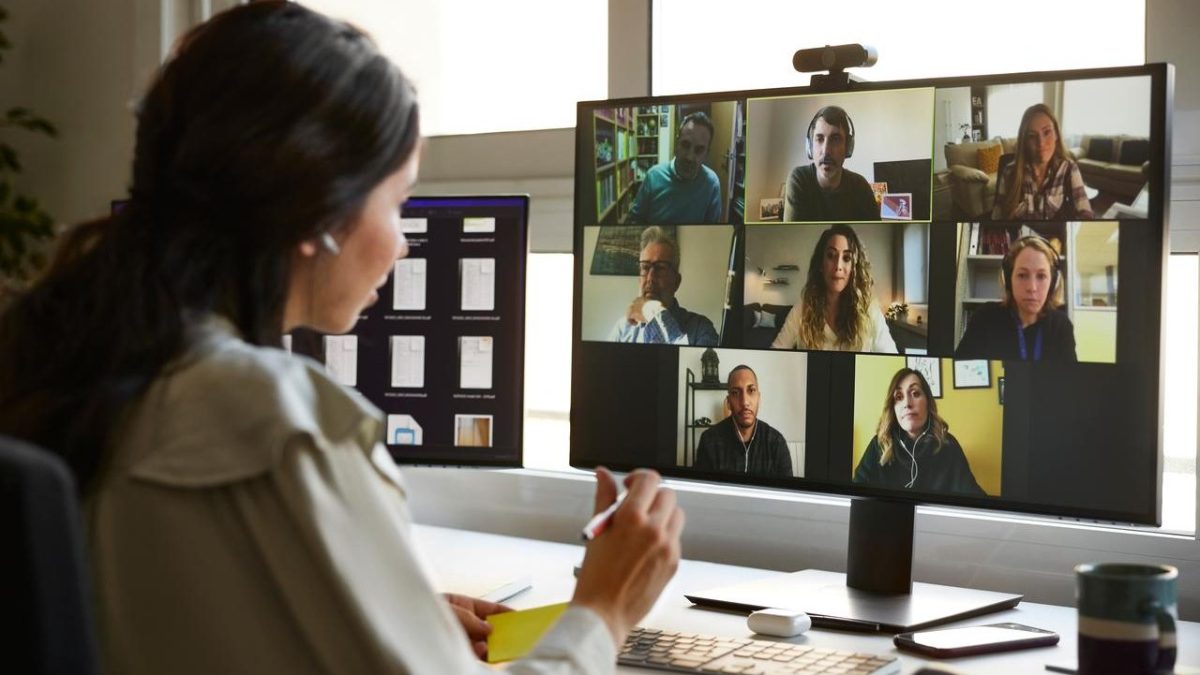You may be thinking: “I’m not interested in being a teacher or in teaching”. That’s fine, but you will agree with me that when we present a PowerPoint at work or even when we simply argue an idea, we are in essence doing a similar role.
So I think we can all, “professional” teachers, amateurs and occasional teachers, benefit from reflecting on and trying to internalise some of the aspects that make a good teacher.
Let’s take a look at them in order:
- 1. They rehearse… even in the kitchen
- 2. They have plan B … and C
- 3. They control the medium, they are not controlled by it
- 4. They are conscious of their image
- 5. They are also actors and actresses
- 6. They master what they show… no less and no more.
- 7. They are facilitators, not “lecturers”.
- 8. They energise participants
- 9. They take into account the energy of the class
- 10. Summarise what has been shown
Overwhelmed? Of course, this scares even the most painted!
I’ll make you a deal: read them all and keep the one or two that resonate with you the most. Finally, try to put them into practice the next time you have the opportunity to showcase your work, your idea, etc.
If I manage to convince you of this, I’ll be more than satisfied!
1. Rehearse… even in the kitchen
It’s a good idea to put a whiteboard with markers on the fridge. Drawing on it is fun for the kids in the house and helps us to explain our ideas better.
It’s good to bring the laptop into the kitchen and show the family an interesting video during dinner, but it’s even better to get used to drawing. For two reasons:
- On the one hand, we have to make an effort to express ourselves better.
- On the other hand, we activate another “brain channel” such as attention to the drawing that is being created.
2. They have plan B…. and C
Murphy’s Law says: “If something can go wrong, it will go wrong”. It is used a lot in engineering, especially. It’s good to be optimistic but when you have to teach a class, it’s not enough. Things like “everything worked fine in the rehearsal” keep happening. I can’t explain it…”.
So, even if it’s a bit lazy, you have to be prepared for contingencies. For example: have a PDF copy of the presentation, take it printed (or at least a script of it) in case the file fails. And even having a personal laptop to use if the usual one fails, or knowing how to activate HubSpot on your mobile if the wifi stops working.
3. They control the environment, they are not controlled by it
It is necessary to see technology as an ally and to banish phrases such as “technology and I don’t get along”.
If it is presented in a classroom or lecture hall, the monitor or projector, its remote control, cables, adapters, etc. must be understood.
And if you are presenting virtually, you need to know the software you are using, whether it is Zoom, Teams or Skype, for example. And test it beforehand because it can include updates that can mess up the buttons or change the configuration.
A very useful extra trick: connect to the virtual meeting also with your mobile phone as an assistant without sound or camera. This way we will see what is being shared without having to ask the audience.
4. They are conscious of their image
The clothes we choose, the way we look in general, influences us in two ways when we stand in front of others:
- It should give us confidence and make us feel good.
- It should not detract from our image or distract others.
If you are presenting virtually, it is key to control lighting and contrast. Even put a lamp in the spotlight. It is uncomfortable, but we will get used to it and the participants will be very grateful.
If you wear glasses, two things: watch out for reflections and keep them clean.
Finally, turn the screen of your laptop or camera so that you are centred on the screen. And the wallpaper. Whether it is natural or virtual, we must take care that it does not distract and that it supports the message we want to convey.
5. They are also actors and actresses
Have you ever stopped to think about it? When you listen to someone present an idea, you don’t just pay attention to it. You also analyse (unconsciously or not) their physical appearance, gestures, intonation, silences… Just like professional entertainers.
It’s not about getting nervous at the idea of being seen like that, but about being aware of it. Again, nothing like practising and asking for feedback from others. Moving your hands appropriately or maintaining silence in an intentional way without using crutches (eeeeh, mmm, ok?, yes?) is possible and exponentially improves the result.
A foolproof tip: record yourself. The simplest and most effective thing to do. Just don’t be too hard on yourself.
6. They master what they show… no less and no more
Among teachers, the so-called “curse of knowledge” is well known, which means that sometimes you cannot explain something in a simple way because, being an expert in it, you tend to go off the deep end, giving a lot of specialised details.
Another common mistake is to try to be a super expert in the subject we have to show. It creates anxiety and is an impossible task as there will always be something left to know.
Good teachers know the content they are going to show. Point. If a participant asks about something advanced, they don’t get nervous: they write it down and answer it afterwards once the class is over.
7. They are facilitators, not “lecturers”
Words are important, aren’t they? That’s why good teachers identify themselves with the word “facilitator” of learning. It’s not about being the greatest expert in the subject, but about facilitating, helping participants to learn the content of the course.
I am sure you remember that teacher (high school or university) who “seemed to know a lot” but in his classes you couldn’t understand a thing. Unfortunately, they are no exception.
It is a common mistake to think that any “expert” can be a teacher. We have all suffered from it.
To be a good teacher you don’t need to be a “super-expert” but you do need to know pedagogical techniques: synthesise the content, present it clearly, involve the participants, summarise at the end of the class, etc.
8. Energise participants
“Tell me and I will forget,
show me and I will remember,
involve me and I will learn”.
Modern neurological studies corroborate what Confucius said more than 2500 years ago. The key to learning is for participants to “participate”, to practice, to be active. We say “participants” and not “pupils” or “students” for a reason (see previous point).
To do this, of course, you have to use the most appropriate dynamics in each situation. And that takes time and effort. It requires getting rid of shyness and gaining confidence. And it also requires controlling the times and ensuring that the objective is achieved. But the results are more than worth the effort.
9. They take into account the energy of the class
Good facilitators plan each class like a brass band concert. They know that you can’t be at the top of your game in every song and that you have to avoid an energy slump, so they cleverly alternate faster songs with ballads, trying to end with a crescendo that satisfies the audience.
In a classroom, moreover, attention is a scarce resource. And if it is virtual, via Teams or Zoom, even more so. For this reason, in the schedule that every good teacher prepares for the class, theoretical presentations are alternated and balanced with participation dynamics and, of course, breaks.
Let’s remember that studies agree that, after 20 minutes, adults are unable to continue attending passively at 100%. Asking random or directed questions is a simple resource that breaks the monotony.
10. Summarise what has been shown
Once again we resort to science: it has been proven that we mainly retain the beginning and the end of a presentation we receive. This is how our brain works.
That is why we must take care of the beginning of the session, preparing it beforehand. We must give context and establish what and how the planned contents are going to be seen.
And before concluding the course, it is very important to recapitulate the key ideas presented. This will help the participants to fixate much more on this knowledge and will help them to take away a “mental summary” of what has been shown.
So, to “lead by example” without “bloating” the article, I ask you to go back to the beginning of this article, reread the 10 keys and try to put into practice the one that resonates with you the most.
It’s been a pleasure – see you next time!







